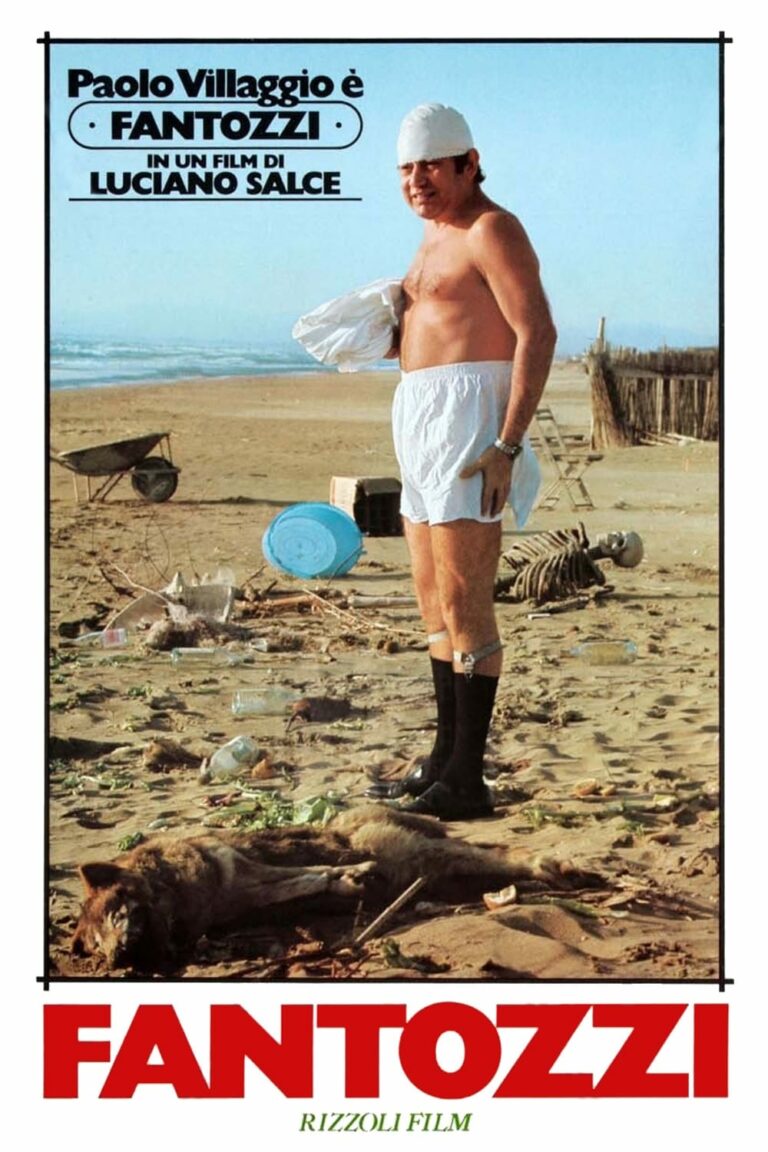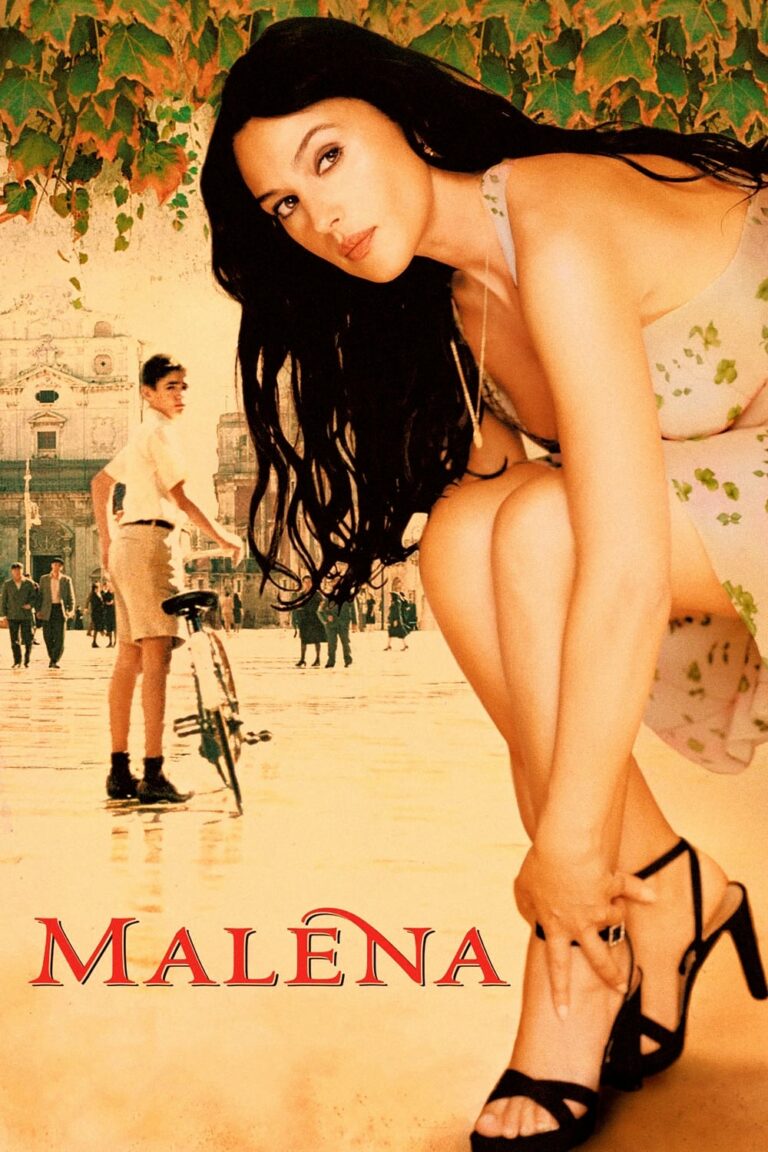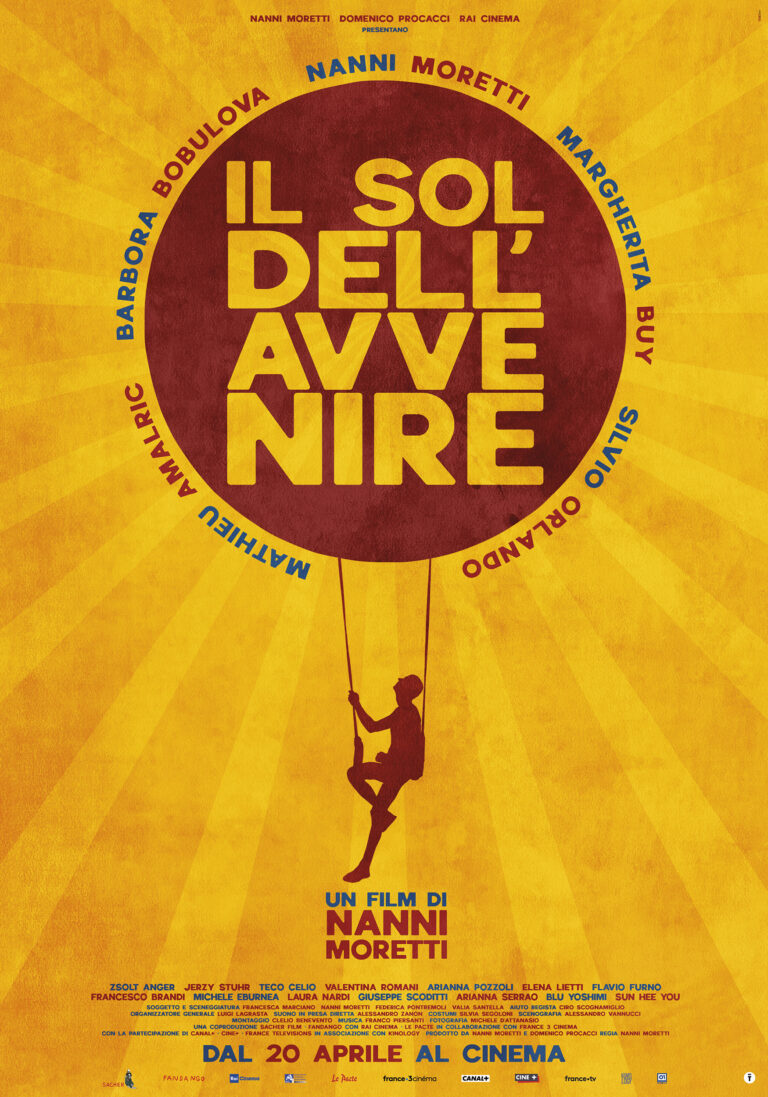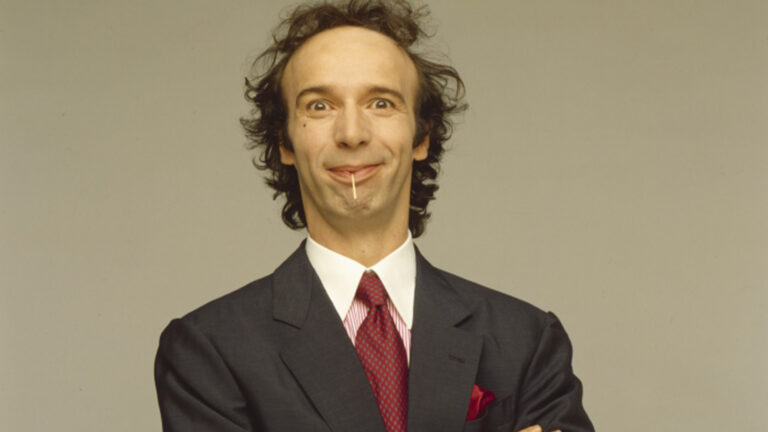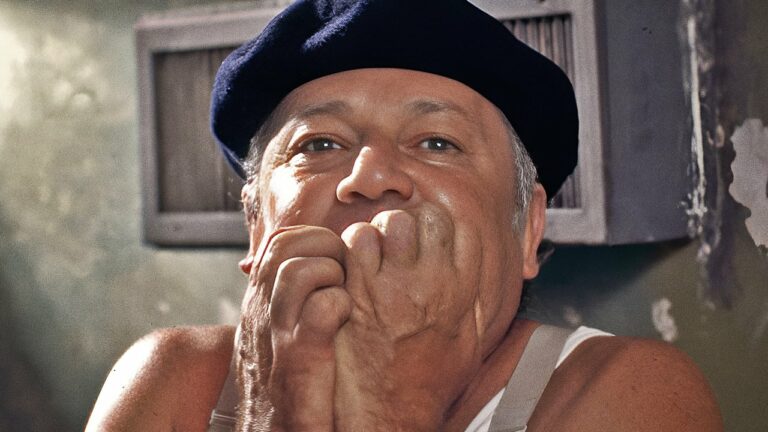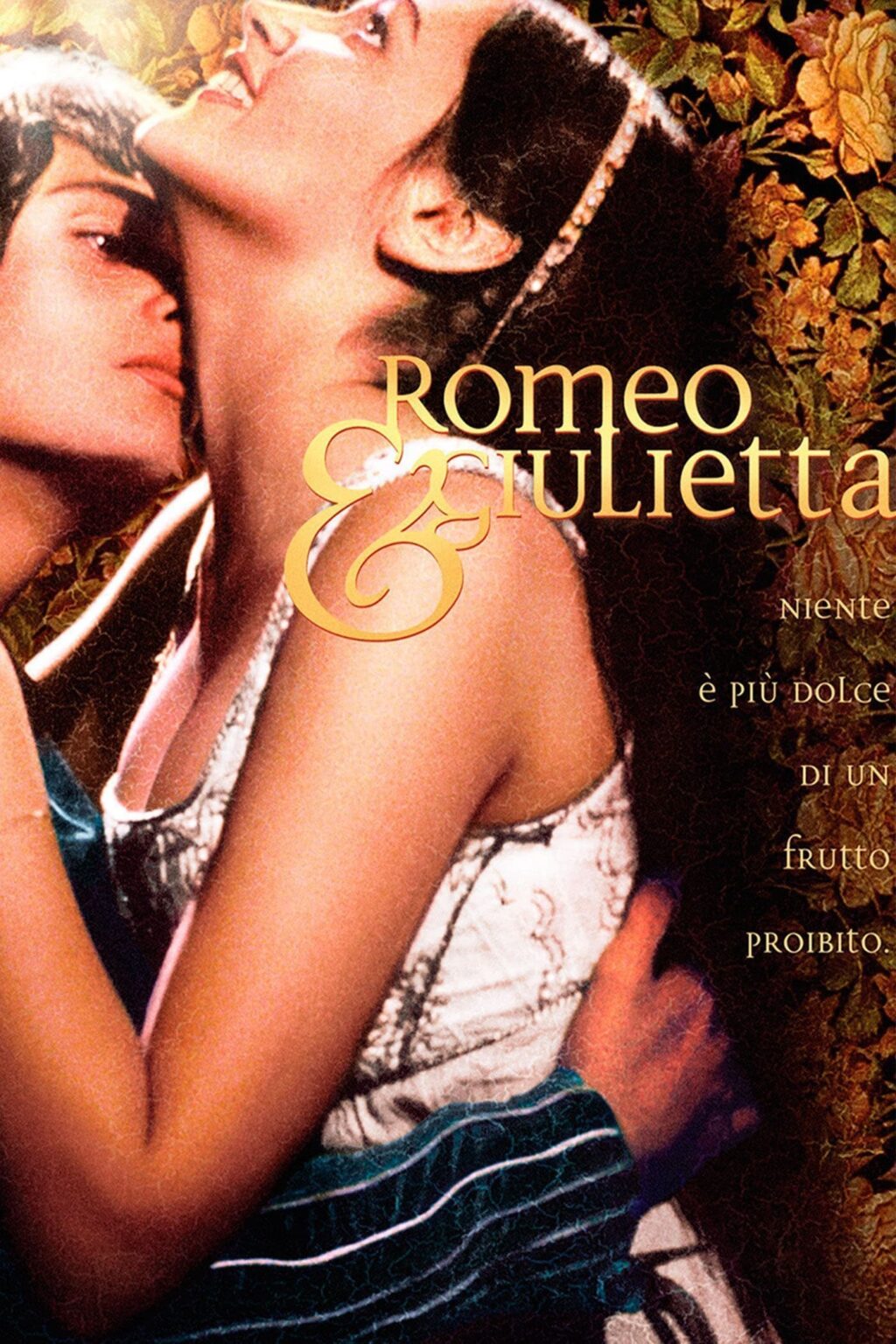
Franco Zeffirelli’s 1968 adaptation of Romeo and Juliet remains one of the most celebrated and enduring interpretations of Shakespeare’s iconic play. This film brought the Bard’s timeless tale of love and tragedy to life with breathtaking visuals, an authentic Renaissance setting, and unforgettable performances. By staying true to the essence of the play while making it accessible to a modern audience, Zeffirelli created a cinematic masterpiece that continues to resonate with viewers more than five decades after its release.
A Faithful Yet Accessible Adaptation
Zeffirelli’s Romeo and Juliet is often praised for its fidelity to Shakespeare’s original text while making subtle adjustments to appeal to contemporary audiences. The film retains much of the play’s dialogue, ensuring its poetic beauty remains intact. At the same time, Zeffirelli’s focus on visual storytelling and emotional depth makes the film engaging even for those unfamiliar with Elizabethan language.
One of the standout achievements of the film is its ability to bridge the gap between stage and screen. Zeffirelli avoids the theatricality often associated with Shakespeare adaptations, opting instead for a naturalistic and immersive approach. This realism allows the drama to unfold with an immediacy and intimacy that draws the audience into the story.
The Casting: Age-Appropriate Leads That Redefined the Story
One of Zeffirelli’s most groundbreaking choices was to cast Leonard Whiting and Olivia Hussey as Romeo and Juliet. At the time, it was uncommon to cast actors close to the characters’ ages, but this decision added a layer of authenticity and poignancy to the film.
- Leonard Whiting as Romeo: Whiting’s portrayal captures Romeo’s impulsive passion and youthful idealism. His performance is both tender and intense, making Romeo’s devotion to Juliet deeply moving.
- Olivia Hussey as Juliet: Hussey, only 15 years old during filming, brings a captivating innocence and emotional depth to Juliet. Her portrayal conveys the character’s transition from a naive girl to a young woman consumed by love and tragedy.
The chemistry between Whiting and Hussey is electric, and their performances lend a heartfelt realism to the love story. Their youth underscores the tragic irony of their romance, making their fate even more heartrending.
Visual Splendor: Cinematography and Production Design
Zeffirelli’s meticulous attention to detail shines through in every frame of Romeo and Juliet. Filmed on location in Italy, the movie transports viewers to Renaissance Verona with its stunning architecture, lush landscapes, and vibrant marketplaces.
- Costumes: Designed by Danilo Donati, the period-accurate costumes are a visual feast, blending opulence with authenticity. The flowing gowns, intricate embroidery, and bold colors enhance the film’s romantic and dramatic tones.
- Cinematography: Pasqualino De Santis’s cinematography captures the beauty and brutality of the story. From sweeping shots of Italian villas and sunlit courtyards to the intimate close-ups of the lovers, the visuals heighten the film’s emotional impact.
This immersive setting breathes life into the play’s world, making the film a visual poem that complements Shakespeare’s literary one.
Nino Rota’s Iconic Score
The film’s music, composed by Nino Rota, is an essential element of its success. The hauntingly beautiful score, particularly the Love Theme, perfectly captures the essence of Romeo and Juliet’s romance. Rota’s compositions evoke the tenderness of their love, the tension of their secret meetings, and the tragedy of their ultimate fate. The music became so iconic that it remains synonymous with the story, further cementing the film’s legacy.
Themes Brought to Life
Zeffirelli’s adaptation delves deeply into the central themes of Romeo and Juliet:
- The Impulsiveness of Youth: The casting of young actors amplifies the theme of youthful passion and impetuosity. Their decisions, driven by intense emotions, underscore the fragility and fervor of adolescence.
- The Tragedy of Feuding Families: The hostility between the Montagues and Capulets is palpable throughout the film, making the senselessness of their feud all the more tragic. Zeffirelli depicts this animosity not only through dialogue but also through tense crowd scenes and confrontations.
- Fate and Inevitability: From the opening prologue to the final moments, the film captures the sense of inescapable destiny that pervades Shakespeare’s play. The tragic irony of the lovers’ fate is masterfully conveyed, leaving a lasting emotional impact.
Reception and Legacy
Upon its release, Romeo and Juliet received widespread acclaim from critics and audiences alike. The film was celebrated for its authenticity, emotional depth, and stunning visuals. It won Academy Awards for Best Cinematography and Best Costume Design, further cementing its status as a landmark in cinematic history.
The film also had a profound cultural impact. It introduced Shakespeare to a new generation of viewers and inspired countless young people to explore his works. Zeffirelli’s approach made the Bard’s timeless story feel fresh and relatable, ensuring its relevance for years to come.
Why Zeffirelli’s Romeo and Juliet Endures
Franco Zeffirelli’s Romeo and Juliet is more than just an adaptation; it is a celebration of Shakespeare’s genius and the enduring power of storytelling. The film’s combination of faithful dialogue, breathtaking visuals, and emotionally resonant performances makes it a timeless work of art.
Whether you are a lifelong admirer of Shakespeare or discovering his works for the first time, Zeffirelli’s Romeo and Juliet offers an unforgettable cinematic experience. It captures the beauty and tragedy of young love with a sensitivity and authenticity that few adaptations can match, ensuring its place as one of the greatest Shakespearean films ever made.
